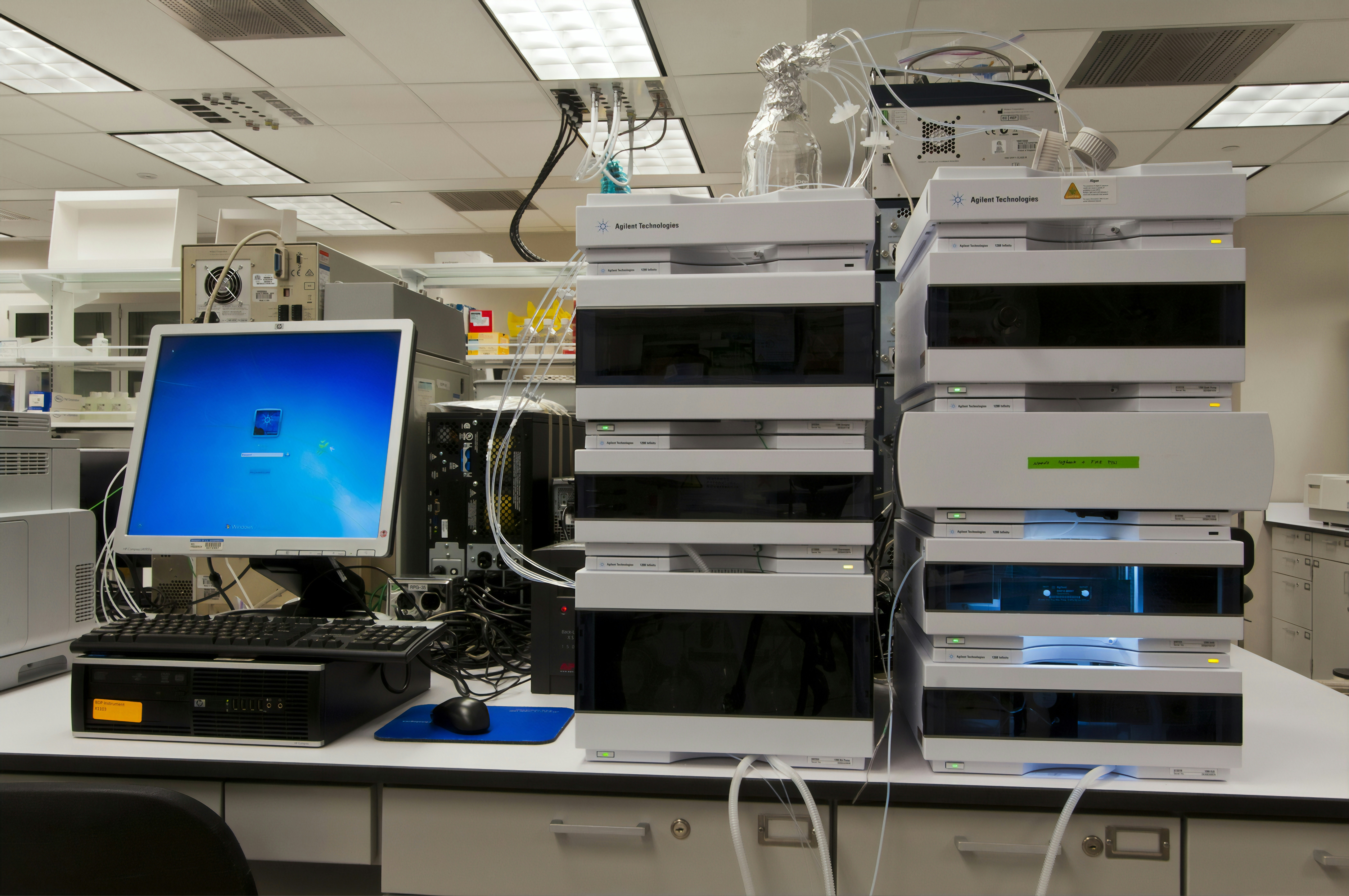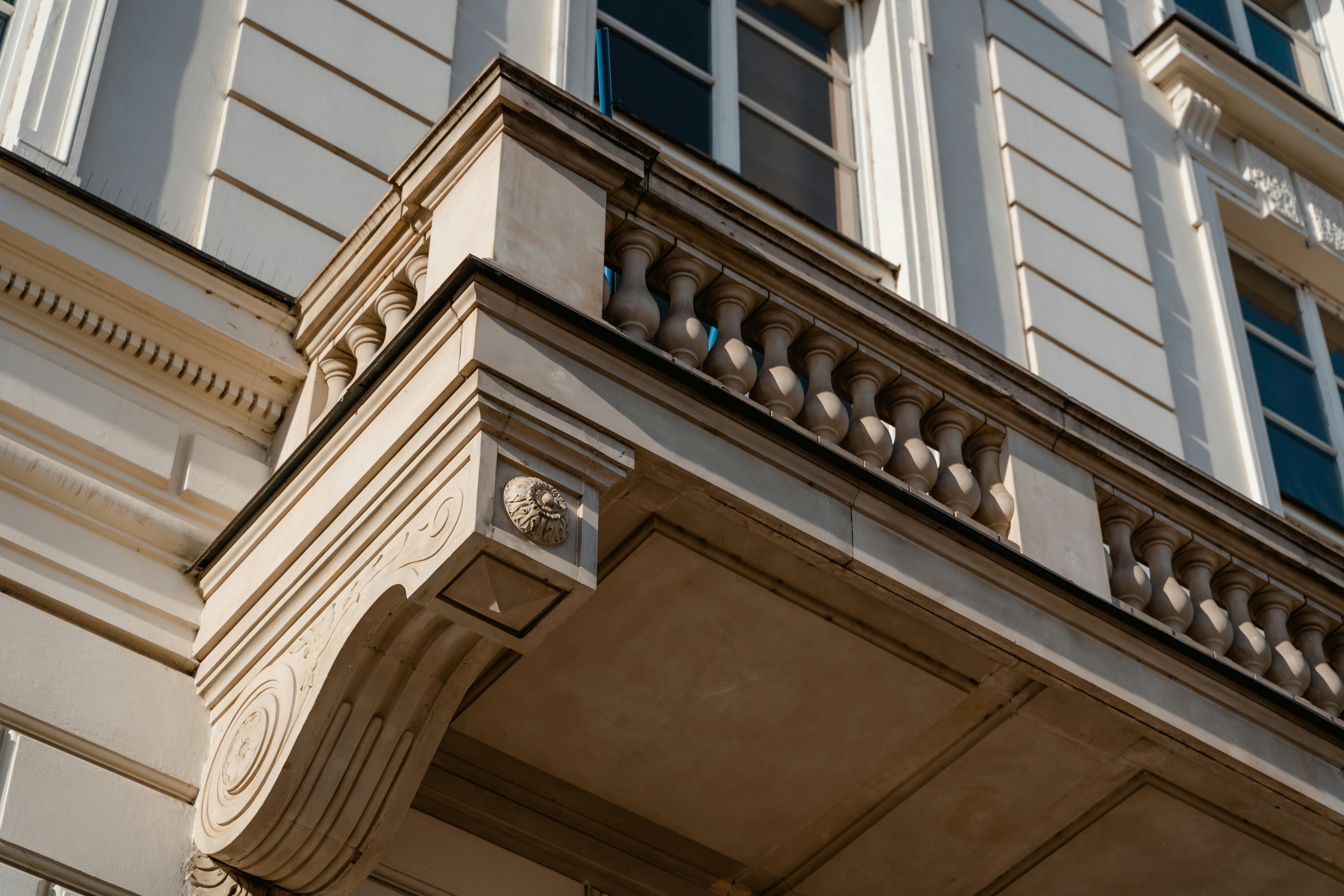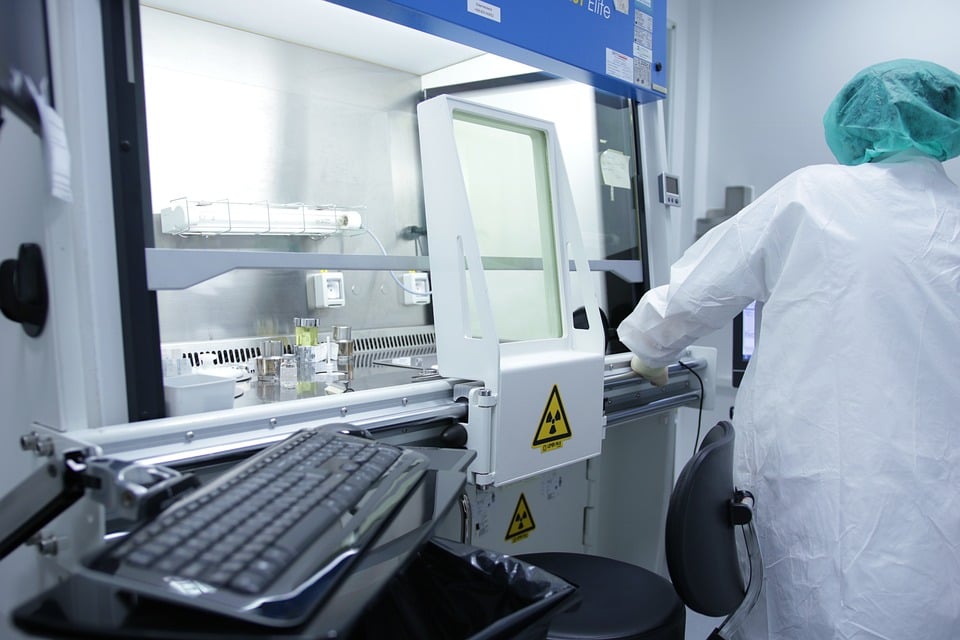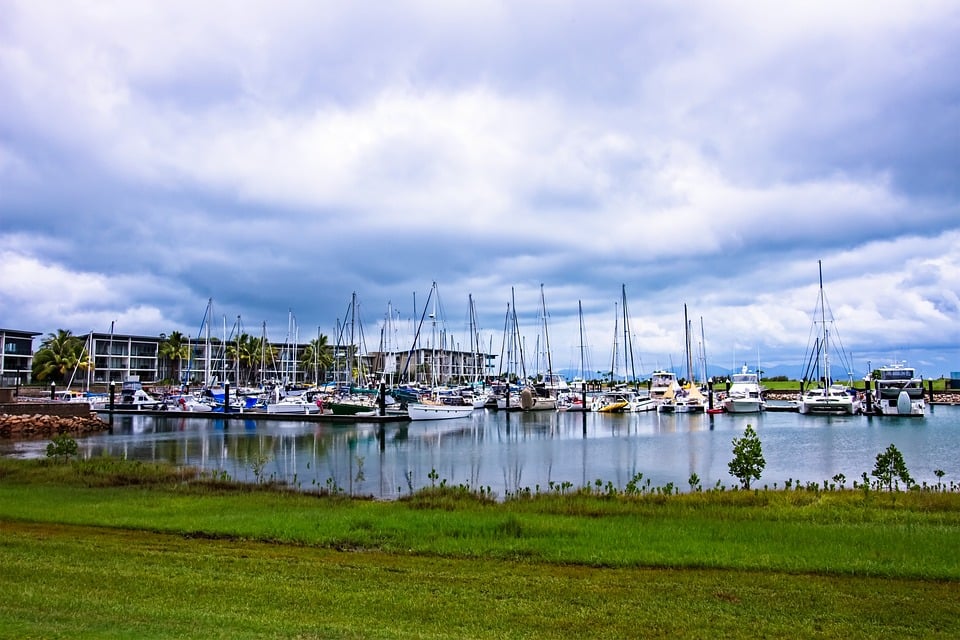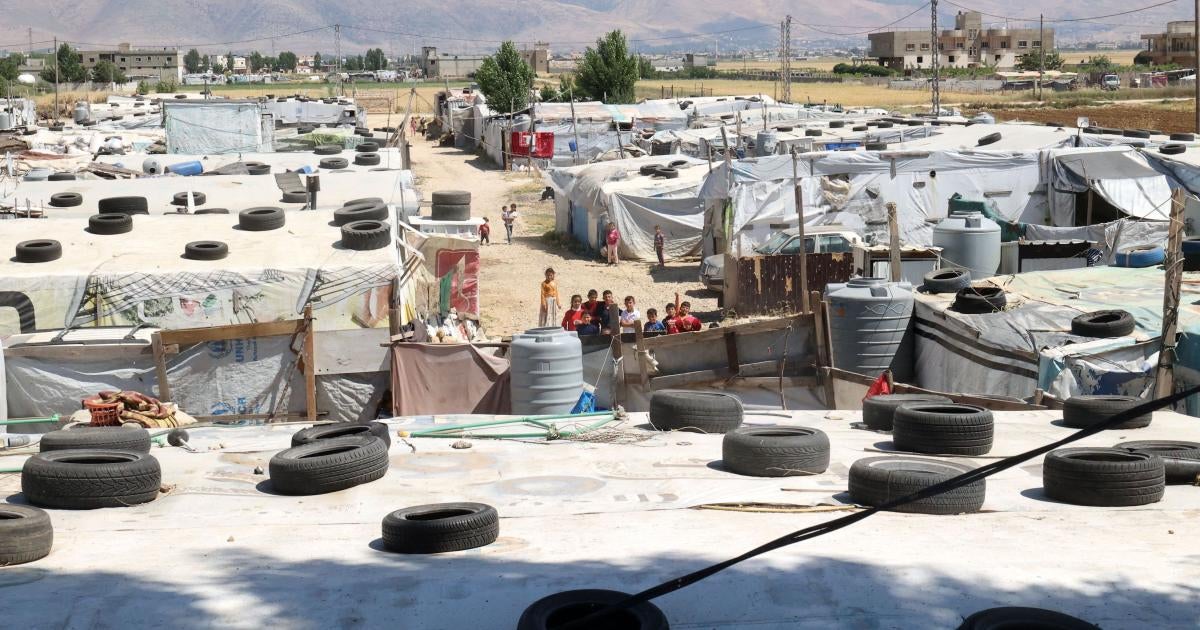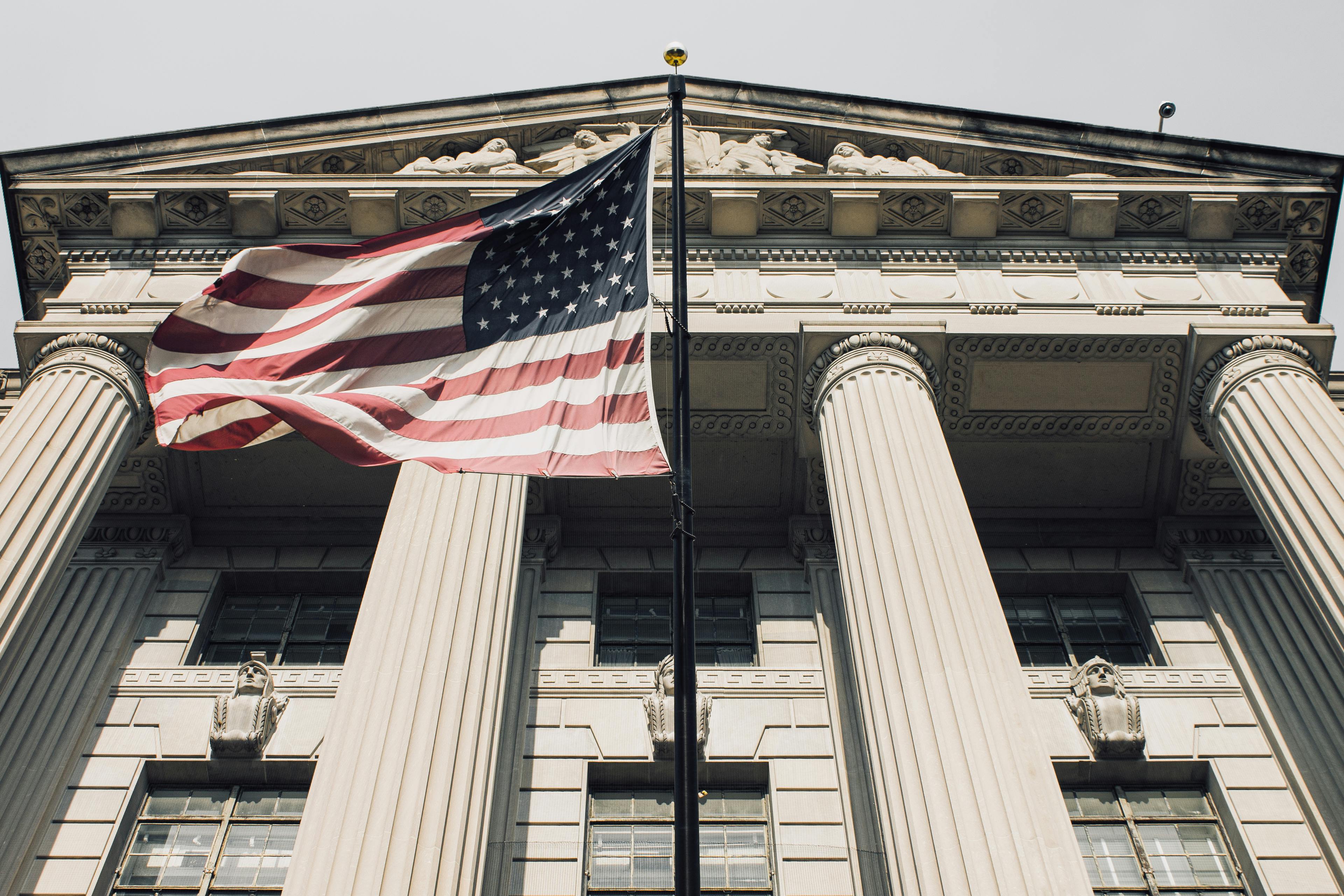
Playing a foundational role in the history of film and benefitting from enough picturesque locales to launch a thousand postcards, France has long attracted directors and crews from across the globe.
Keeping them on site for more than a few days, however, was once a different story altogether.
The 2009 passage of the Tax Rebate for Intl. Production (TRIP) and the subsequent 13 years of refinements both incremental and substantial have fundamentally reshaped that logic. Just last year, for instance, 92 international projects benefitted from the TRIP plan, marking a 25% increase from 2019 and accounting for upward of $420 million spent on French soil.
“On an international basis, the tax credit put France on the table,” says John Bernard, CEO of production service facilitator Peninsula Film. As a line producer, Bernard has staffed big-budget productions like “Dunkirk,” “Hugo” and “The Last Duel,” while acting as a kind of international adaptor, delivering Hollywood production requirements through French working conditions.
“The perception is that France is an expensive place to shoot,” says Bernard. “The reality is that it’s disciplined. You don’t do excessive overtime, and work within an efficient framework — and within that framework, France is extremely cost-effective.
“The base rates are very competitive,” he continues. “So even if you double up in certain places and use a rotation of crews, paying two people for eight hours a day is still cheaper than paying one person $60 an hour with overtime — particularly when you’re applying a 40% tax credit. With that, everything becomes very doable.”
While the TRIP plan offers all international productions an across-the-board 30% rebate with no yearly cap, the French government created another enticement in early 2020, introducing an additional 10% bonus to productions that partner with local VFX houses.
Working with Bernard, the producers of “The Last Duel” were the very first to benefit from the current plan, which offers a 40% rebate on all eligible expenses — including for live-action spends that are not VFX-related — to projects whose VFX expenses surpass $2.27 million spent in France.
Like that Ridley Scott epic, which shot in the southwestern area of Dordogne and did post-production work at a Paris-based effects house, Tom McCarthy’s Marseille-set “Stillwater” and Wes Anderson’s Angouleme-shot “The French Dispatch” were two other high-profile films that mixed American star power and French expertise — making 2021 something of a banner year for the Gallic industry.
As series including “Lupin” and “Emily in Paris” drew global eyes to hometown locations, and even newer streaming titles booked studio space in and around Paris, French public bodies looked to bolster the rise in production by passing two more investment plans.
Last July, France’s National Centre for Cinema and the Moving Image (CNC) announced their “modernization of the production apparatus” program, committing $180 million in public and private funds to 20 selected projects, including eight film studios and 12 digital production facilities.
Not to be outdone, French president Emmanuel Macron introduced the France 2030 initiative in October, rolling out a five-year program to invest $633 million in production studios, training programs and immersive technologies as part of a much larger infrastructure project.
“We are seeking to promote the ‘one-stop-shop’ approach by uniting in a single location the strongest links in the chain,” says Vincent Florant, director of digital at CNC. “The [2030 plan] will support a dozen or so large film studios, competitive with the largest international counterparts, that comprise a large number of services in one central location.
“These new, very large facilities will allow us to double our production capacity while creating a number of backlots for large-scale outdoor sets, the first of which should be operational within the next two years. But we have to move quickly, because the time to act is now.”
Production is at an all-time high. Last year saw more than 315,000 shooting days overall, giving the numerous technicians making up Paris’ 160,000-strong production workforce more to do than before. One of 32 local commissions making up the Film France network, Film Paris Region facilitated 409 projects in 2021, and saw the number of international applications more than triple from previous years.
Among those international projects were David Fincher’s “The Killer” and “John Wick: Chapter 4,” two ambitious action thrillers that turned to production service facilitator Raphael Benoliel for assistance.
“Large-scale productions need technical know-how, studio space and crews that know how to react,” says Benoliel, who helped orchestrate vehicular chaos on the streets of Paris for “Mission: Impossible — Fallout” and is prepping the next season of “Emily in Paris.” “In order to benefit from our tax rebate, to hire technicians on site, and team with partners who know the ground, [my company] Firstep is there to help.”
Earlier this year, Benoliel undertook his most ambitious production to date as he oversaw the Adam Sandler-Jennifer Aniston caper “Murder Mystery 2,” a Netflix-produced tentpole that arrived with an uncommonly threadbare team and sourced most of its crew from local talent.
“In terms of shooting days, crew size and overall financial impact, it was one of the biggest international productions to ever shoot in France,” he says. “We shot six weeks with the first unit and six weeks with a second unit just as large, so it’s as if we shot for 12, and we easily hired more than 500 crewmembers between the two.”
While the action comedy made no small use of local stunt performers set loose on crazy Parisian car chases (“We pulled off otherwise unimaginable things,” he says) what struck Benoliel the most was the extent of his work on the three large soundstages the production rented out for weeks on end.
“We built huge sets in studio, which is not usually the case for American productions. We even built in-studio sets meant to take place in Hawaii.
“Projects used to come to France just to shoot exteriors around the Eiffel tower. But the tax credit works well, our human and technical capacity is top of the line, and the country is very attractive. So today, productions come and they stay.”
International shoots looking to France can benefit from more than a few structural incentives. Below are a handful of tools put in place to welcome foreign production.
• Regional Funds: 32 local film commissions, present in all territories (including overseas territories), facilitate production needs and interface with municipal authorities.
• Digital Database: 20,000 locations registered on locations.filmfrance.net, listing historical sites, natural settings and production facilities.
• TRIP Scheme: 30% across-the-board tax rebate for international productions, capped at €100 million ($105.2 million) in eligible expenses per project, with option to pre-finance and flexible organization.
• VFX Bonus: 10% increase to tax rebate, granting 40% return on eligible expenses after $2.1 million VFX spend.
• Film France: One-stop shop for production concerns, consulting on live action, animation, VFX and post-production work and assessing TRIP eligibility applications.
• Public Support: Robust political goodwill and ongoing public investment in production infrastructure projects.
• Technical Expertise: Highly trained crews with strong international experience and competitive base rates.
• Social Responsibility: Industry-wide harassment-prevention and sustainability training, with focus on climate concerns and eco-responsible practices.
• Production Facilitators: Network of experienced line producers attuned to international requirements and adept with local regulations.











